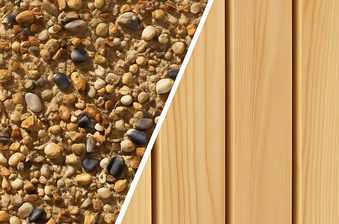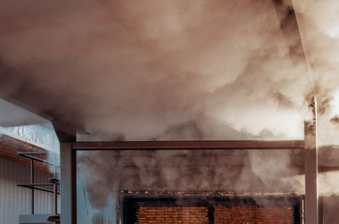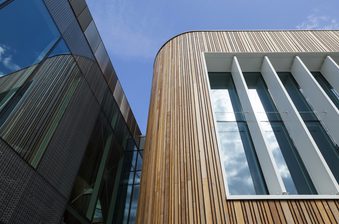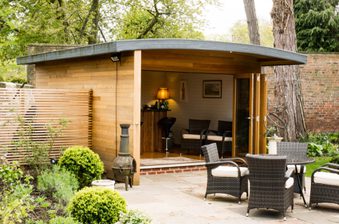When buying timber, you may encounter terms like ‘sawn’, ‘rough sawn’, ‘planed’, ‘planed all round’ (PAR) and ‘planed square edge’ (PSE) — even ‘S1S’, ‘S2S’ and so on. What exactly do these mean and how does timber with these characteristics differ?
Sawn timber
Sawn, also known as sawn finish, simply means the wood has been cut from the log to a certain length, but not smoothed or sanded on any of its faces.
Having not been treated or machined, it is rough in texture, often containing splinters. This raw milled stock is usually sold in lengths called planks or boards.

Because the timber has not been smoothed or squared, there may be inconsistencies in how flat the boards are, and the wood may have a more rugged, natural look. This can suit it nicely to a more rustic project.
Stains and finishes typically won’t absorb as well. Because of the lower amount of processing involved, sawn timber can be cheaper.
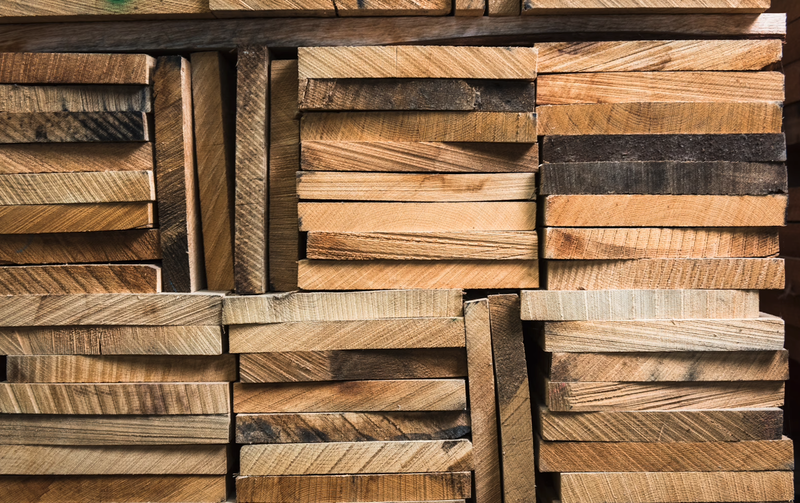
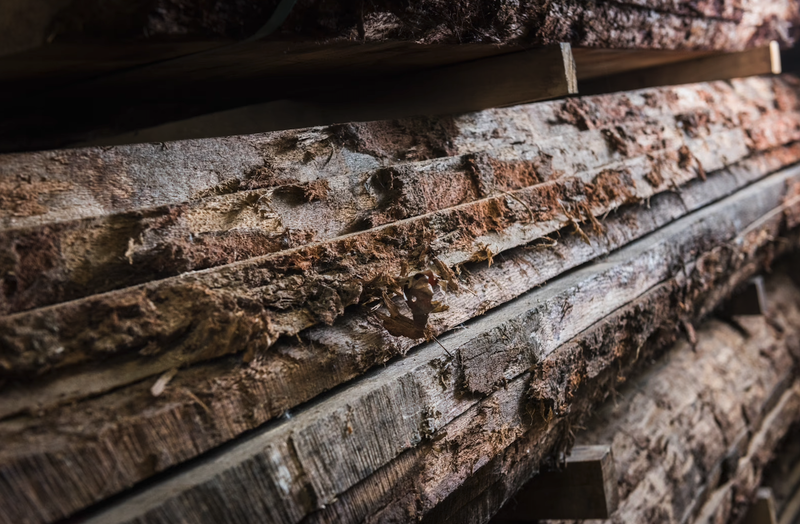

Planed timber
Planed timber, also known as smooth planed, refers to wood that has had at least one of its surfaces smoothed down. This can provide a straight, uniform and refined appearance. As well as offering a more decorative look, planing allows for easier uptake of woodcare products and finishes.
Common subcategories of planed timber are ‘PAR’, ‘PSE’ and even ‘PBS’.
Planed all round (PAR) — Wood that has had all four faces planed down. PAR timber usually has square edges, but this doesn’t have to be the case — the edges could be rounded and the adjacent faces not necessarily even 90°.
Planed square edge (PSE) — Wood that has been smoothed down on at least two adjacent faces, creating a 90° angle edge. To be PSE, this edge must not have been rounded. Technically, PSE timber might not have been planed on all surfaces.
Planed both sides (PBS) — Wood that has had two opposing faces planed, whilst the other two remain sawn.
PAR and PSE are often used interchangeably. Indeed, planed timber very often appears as both PAR and PSE — this applies when all faces have been smoothed down, with the wood having straight edges. However, wood can also technically be PSE if only two adjacent faces are planed, as long as these two sides form a square 90° edge.
To confuse matters, PSE can also sometimes be referred to as ‘planed single edge’, which means one side (the narrowest dimension) has been planed straight.
You may also see terms like ‘S1S’, ‘S2S’, ‘S3S’ and ‘S4S’. This SXS designation simply means ‘surfaced on X sides’. With S2S, there are two planed faces, with the edges remaining rough. S4S — surfaced on four sides — refers to wood that has had all faces planed. This means it can also be classified as PAR timber.
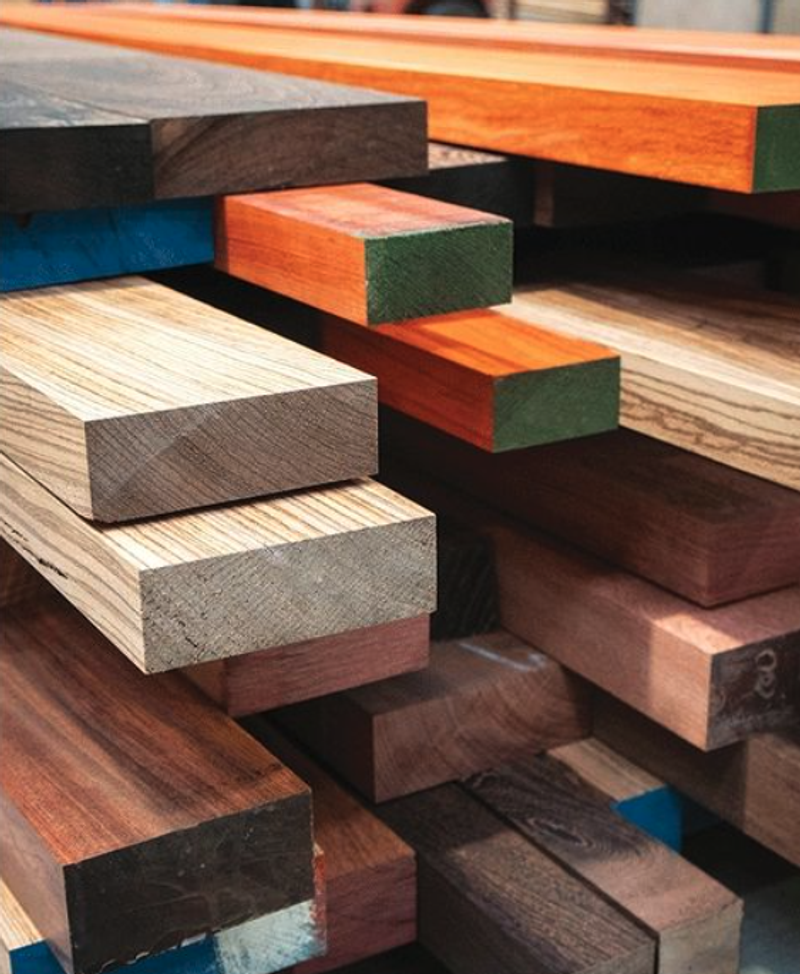


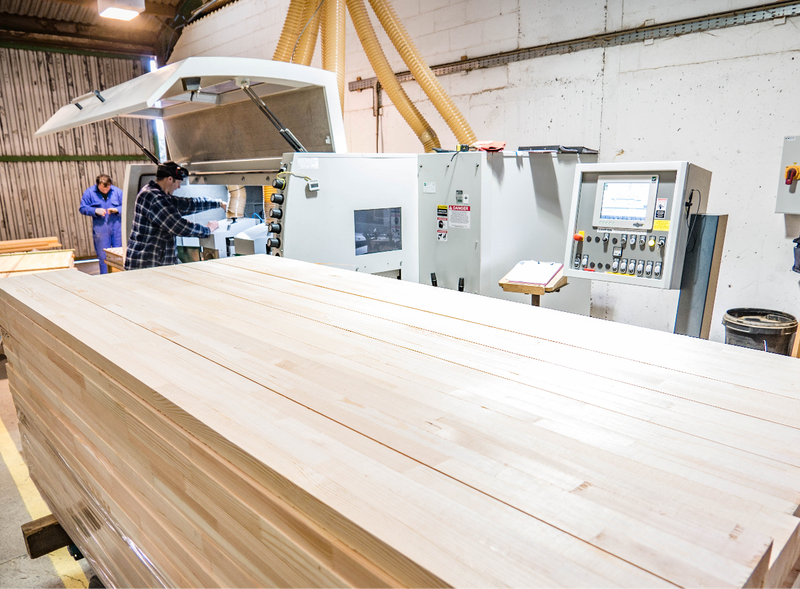
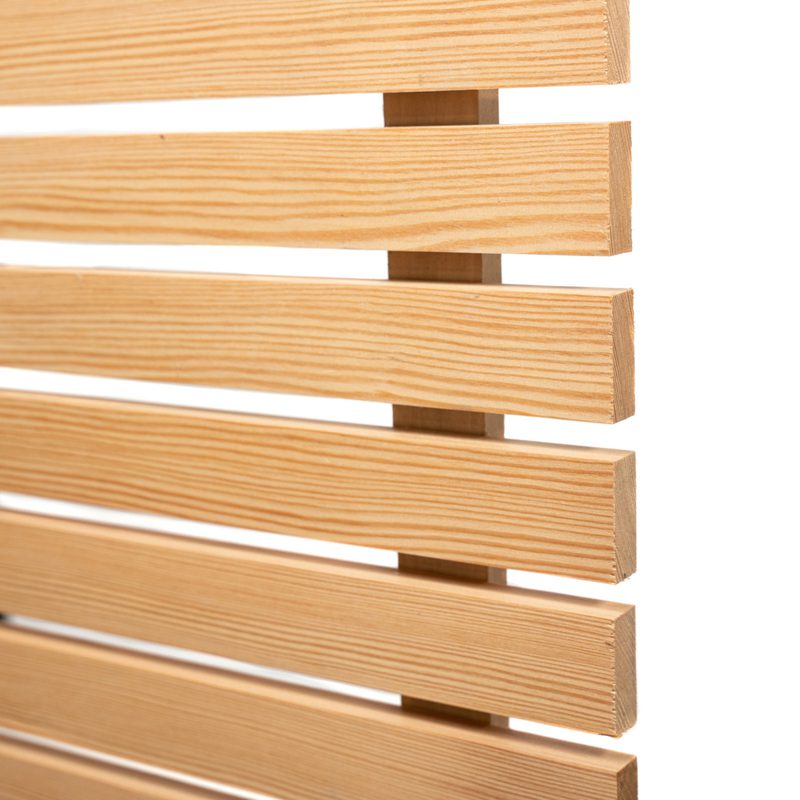
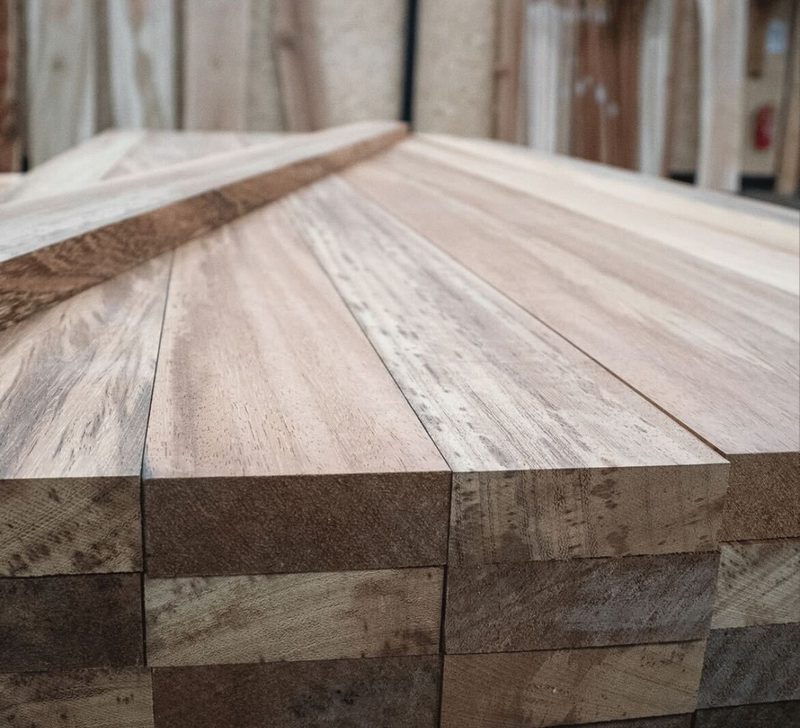
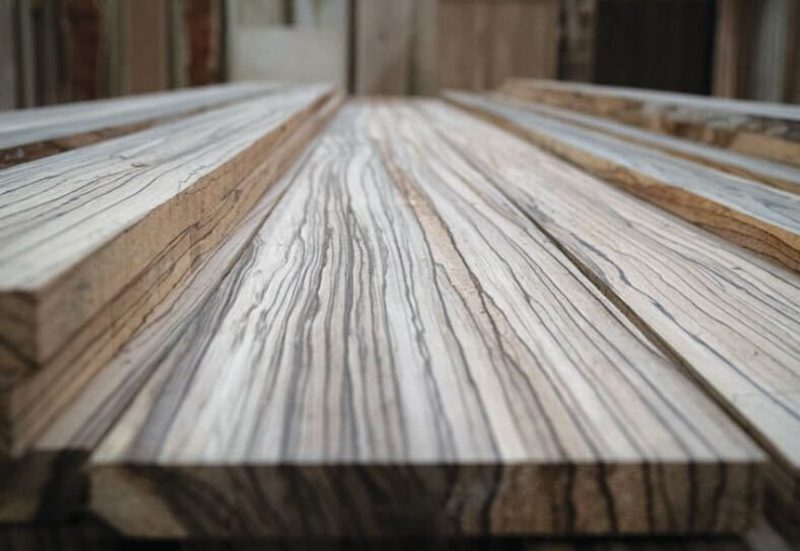
Duffield Timber: a world of wood for hobbyists, home improvers and trades
We import over 20 species of hardwoods from across Europe, North America, Africa and Asia, as well as quality, clear-grade softwoods.
We also have state-of-the-art machining and finishing capabilities, enabling us to offer a range of processes to suit your bespoke requirements. On site, we machine a range of cladding, fencing and decking products, with UK-wide delivery.
Be sure to pay a visit to our hobby hall and woodworking shop to discover the perfect wood for your next project! We’re based in Melmerby, North Yorkshire, just off the A1 near Ripon.



